
These CRISPR Edited Seeds Are Planting A Sustainable Future For The Agricultural Industry
These CRISPR Edited Seeds Are Planting A Sustainable Future For The Agricultural Industry
Agriculture is one of the most inefficient industries on the planet. Current industrial farming methods demand unsustainable amounts of water, fertilizer, and land. This demand will only intensify as our global population climbs towards 10 billion by 2050. To sustainably feed our world, we need a second agricultural revolution.It’s no surprise to find synthetic biology leading this revolution. To disrupt and transform old industries, we need to work with nature, not against it. That’s the philosophy behind Inari, one of the newest companies reimagining the agricultural space. Inari is leveraging the gene-editing technology CRISPR to build the world’s first Seed Foundry™. We spoke with Ponsi Trivisvavet, CEO and director of Inari, about the company’s process and vision for the future of agriculture.Before Inari, Trivisvavet was the president of Syngenta Seeds, North America. When she entered the startup world, she was searching for an answer to the unsustainability of our current food system. “It’s not only about feeding the world, but also, how do we actually feed the world in a more responsible way?” says Trivisvavet. So, when she first encountered Inari, Trivisvavet says she was “stunned” by the potential of its technology. “This is what I was searching for— to address the challenge of feeding the population, but even more importantly, to address the whole climate challenge.”The seed market, by its old definition of “strictly seeds”, is worth $55 billion. But that’s not how Inari sees it. The company views the market as not only seeds, but also resources like water and fertilizer. According to Trivisvavet, that market is worth over five times more: nearly $300 billion. And since its business is geared towards bringing down resource costs, Inari occupies valuable niches in both the seed and resource market spaces.Trivisvavet breaks Inari’s technologies into two categories. One is machine learning, which Trivisvavet calls predictive design. “This technology allows us to understand the interconnectivity between genes, the pathway of how the genes interact with one another,” explains Trivisvavet. The second part of the company’s core technology is its gene-editing toolbox. Composed of CRISPR-based tools, this platform enables Inari to express the most useful phenotypes or characteristics of a given crop. The unexplored potential of crop gene expression points to limitless possibilities. “When we count the number of genomes, plants are much more complex than humans,” says Trivisvavet.

InariThe genomic diversity of plants is central to Inari’s mission. In order to produce crops optimized for a wide range of climates, altitudes, and soils, the company needs a catalog with as many options as possible. “We use diverse tools that are true to nature in order to bring biodiversity back into crops, and this allows crops to actually have better productivity,” says Trivisvavet. Certain crop phenotypes require less water or utilize fertilizer more efficiently. Reintroducing these crop varieties back into the field can reduce cost burdens on farmers and dramatically improve soil health.Once Inari’s seeds are perfected, they are sold as parent seeds to independent seed companies, who then deliver the seeds to farmers. The choice to work with independent seed companies is deliberate: unlike larger seed distributors, independent companies are more in tune with farmers’ needs. These include increasing yield at harvest, of course, but Trivisvavet says that moving away from pesticides and chemical fertilizers is also a top concern. “That’s something I really appreciate about the view of the farmers ,” says Trivisvavet. “They care about preserving soil health, preserving the farm’s health. They are visionary. All the farmers are looking not only at the short term but the long term as well.”Inari is tackling problems so complex that the company must stay five steps ahead at every stage of its design process. This may seem like a tall order for a young startup, but Inari’s founders have the guidance of synthetic biology giants like George Church and Jennifer Doudna, co-discoverer of CRISPR itself and co-winner of the 2020 Nobel Prize in Chemistry. Church joined the company as a scientific co-founder in 2016, while Doudna sits on the scientific strategy board. Trivisvavet is grateful for the close involvement of such biotech stalwarts.

Inari
Currently, Inari is developing and testing its proprietary seeds in greenhouses. The company is focused on three of the biggest staple crops in the world: corn, soy, and wheat. The unsustainable practices used to grow these crops presents a huge opportunity for Inari’s technology. If the company can successfully disrupt the staple crop industry at the seed level, it can introduce the kind of revolutionary global change that Trivisvavet is looking for.In the face of the tremendous upheaval of 2020, Trivisvavet believes that Inari’s work is more critical than ever. Agriculture has seen little innovation over the last five years. This slow pace will not deliver the major changes needed to address global nutrition and combat climate change. “The system is breaking. You see it every day,” says Trivisvavet. “If now, when are we going to do it? We just don’t have the luxury to wait anymore.”We have run out of time to question “if.” The only question that matters now is “how?” How are we going to tackle problems as big as the impending global food shortage and the climate crisis? These challenges may seem overwhelming. But every crisis can be broken down into a series of steps that lead to a solution. For Inari, the first step starts with a single seed.Subscribe to my weekly synthetic biology newsletter. Thank you to Fiona Rose Mischel for additional research and reporting in this article. I’m the founder of SynBioBeta and the SynBioBeta Global Synthetic Biology Summit.
Follow me on LinkedIn. Check out my website.
Originally published on Forbes https://www.forbes.com/sites/johncumbers/2020/10/30/these-crispr-edited-seeds-are-planting-a-sustainable-future-for-the-agricultural-industry/?sh=54840ba4298d



.svg)





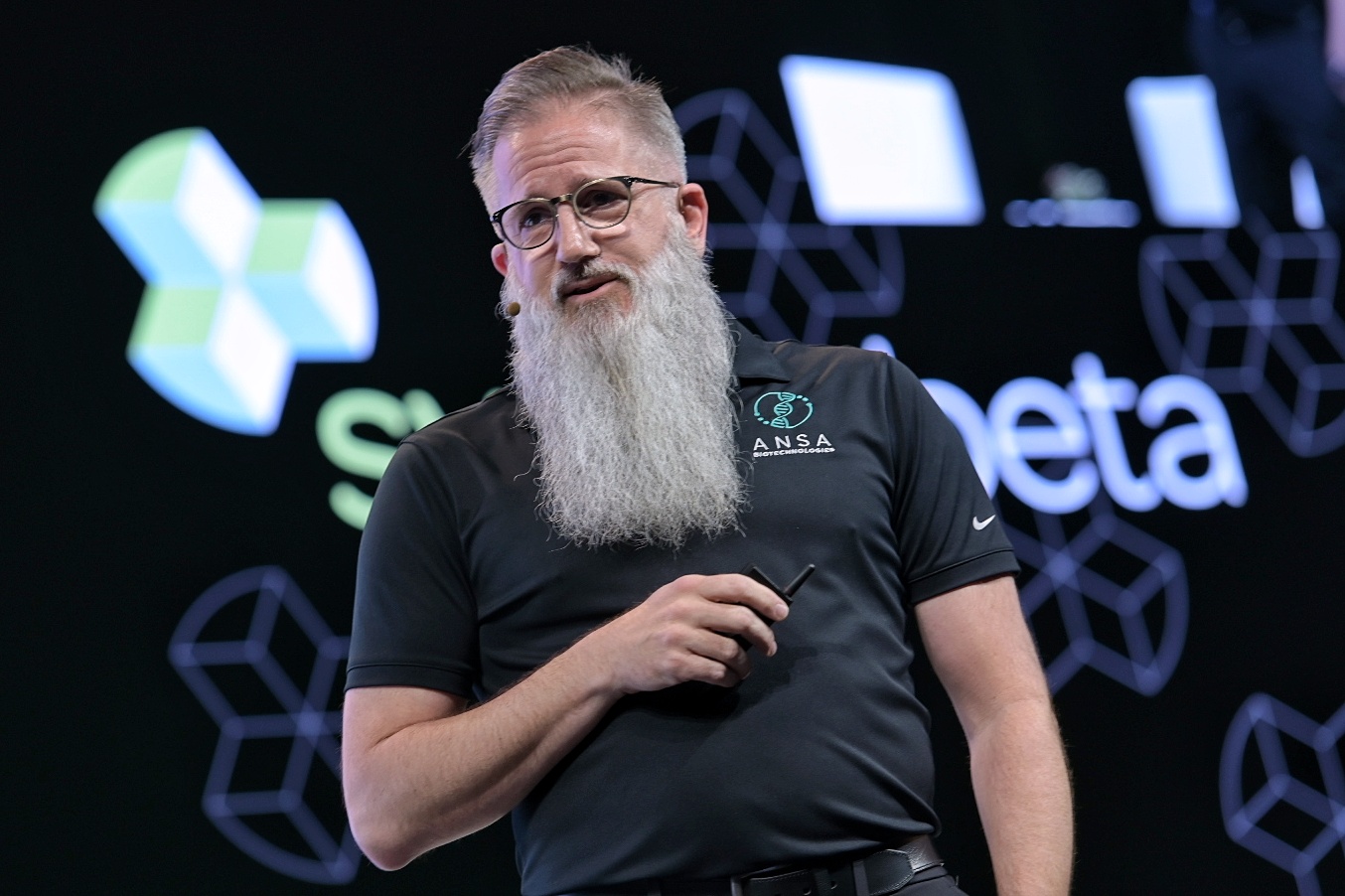
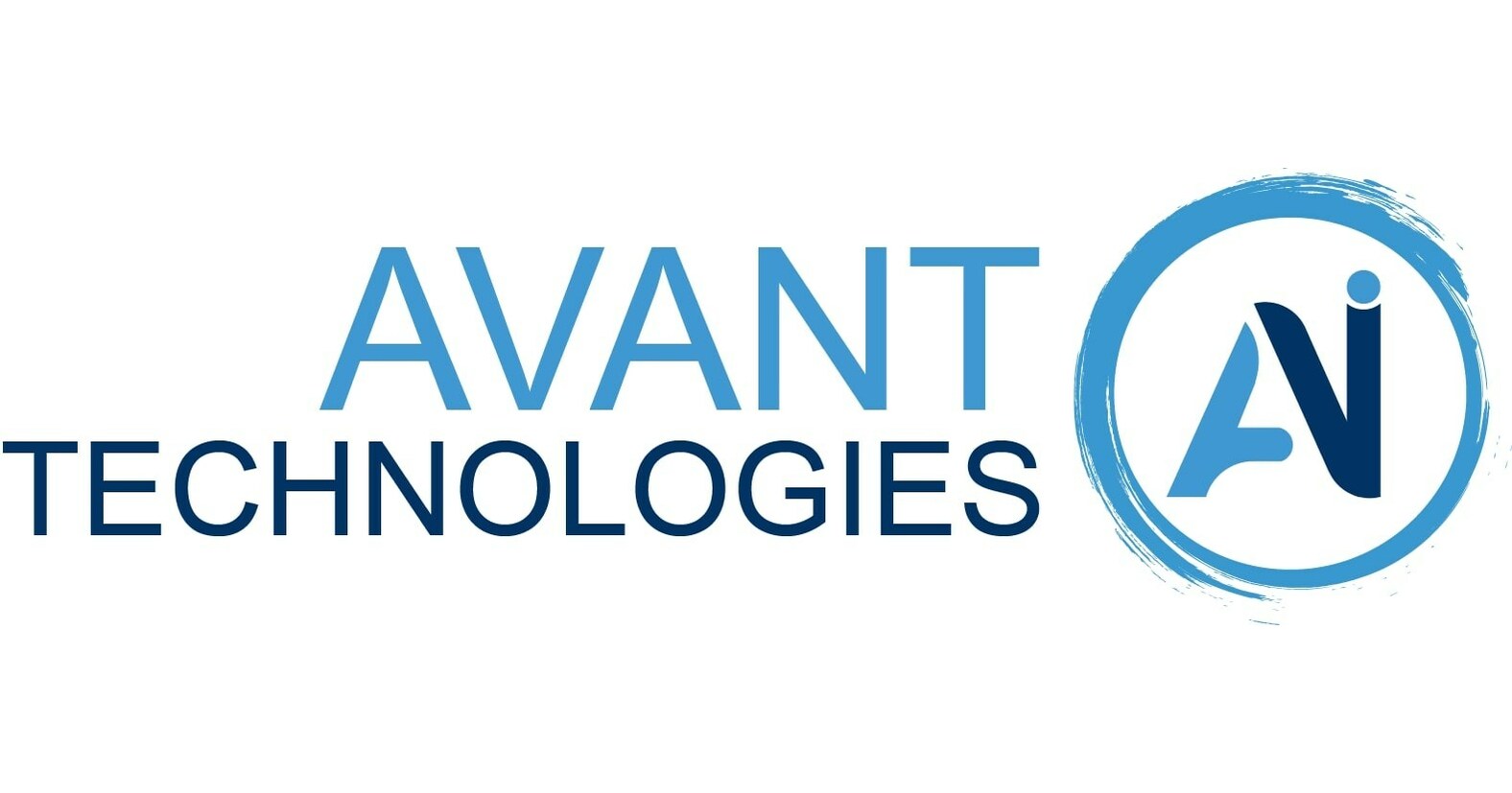
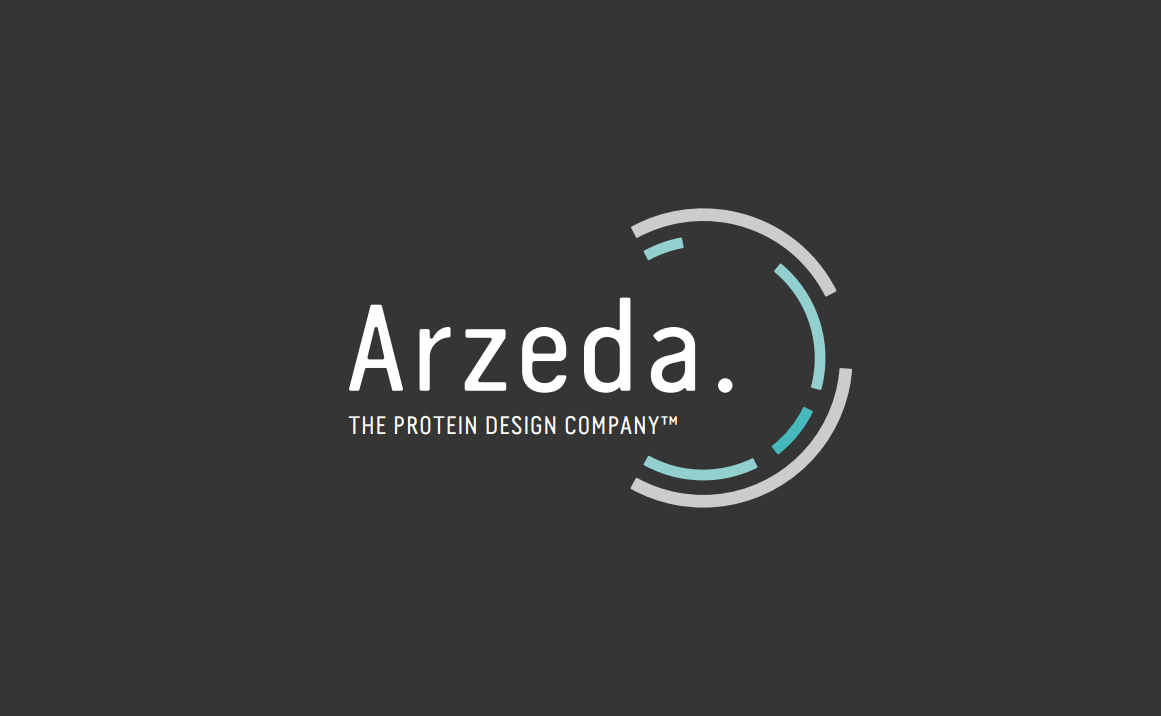
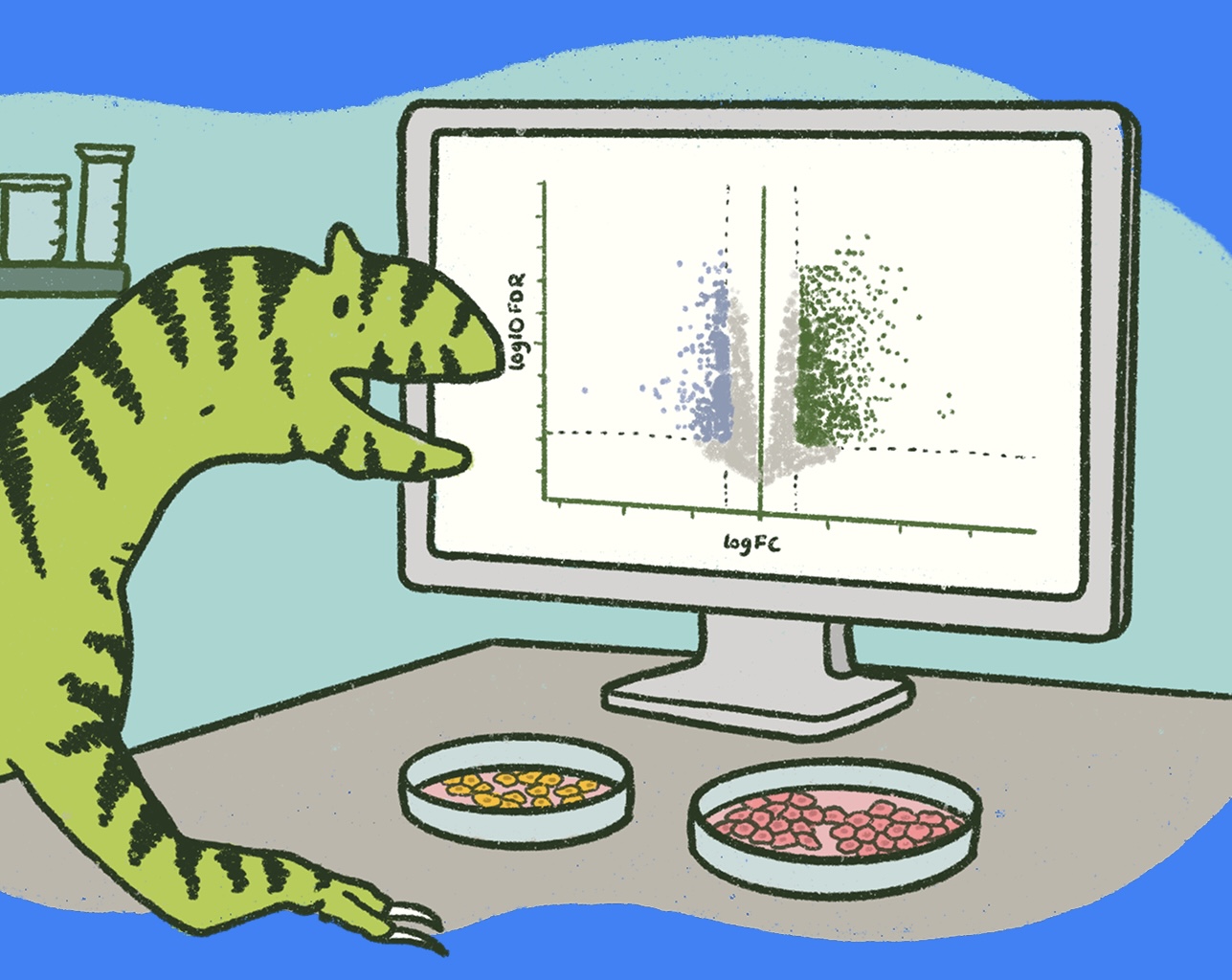
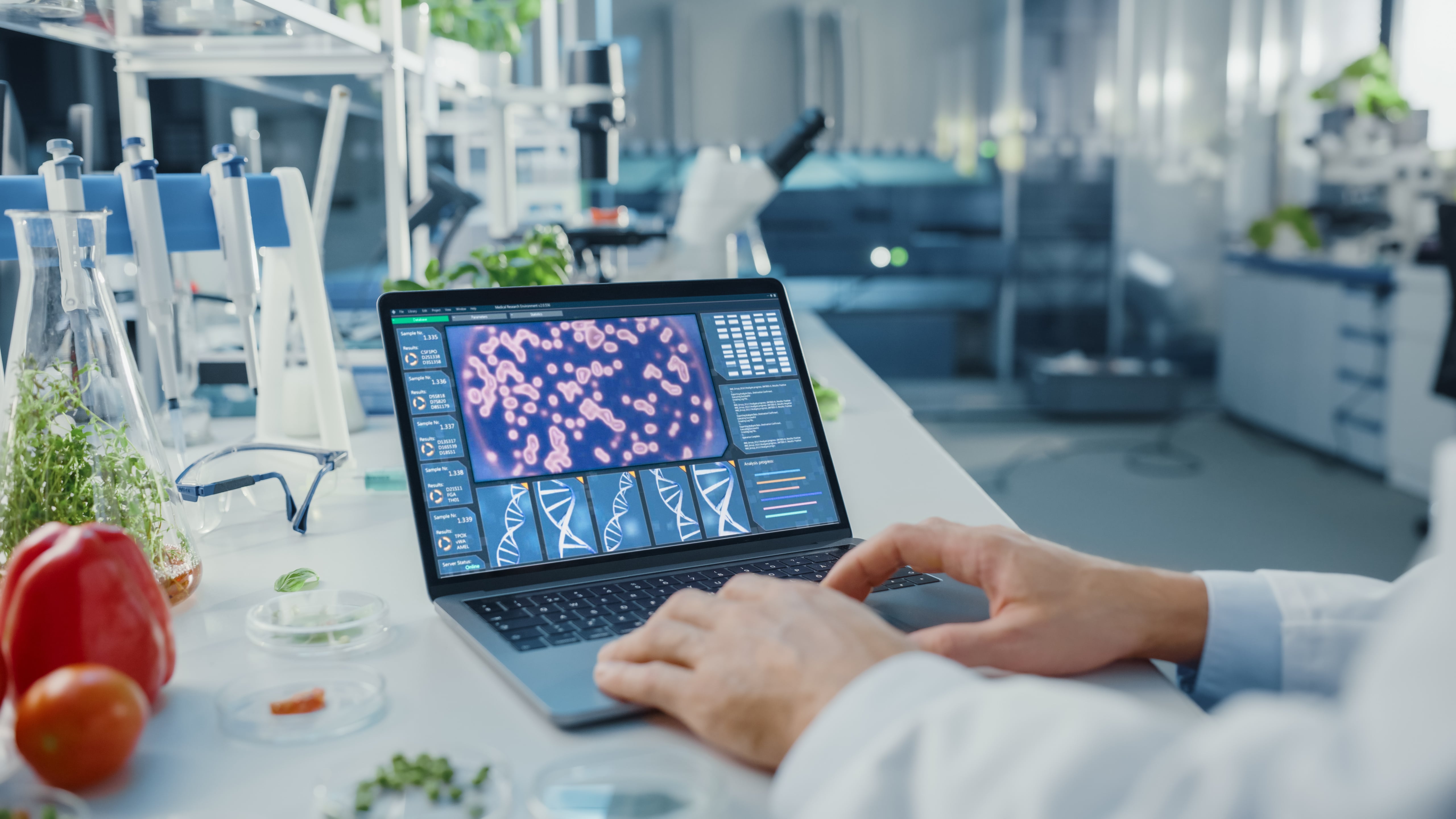
-min.png)
.gif)